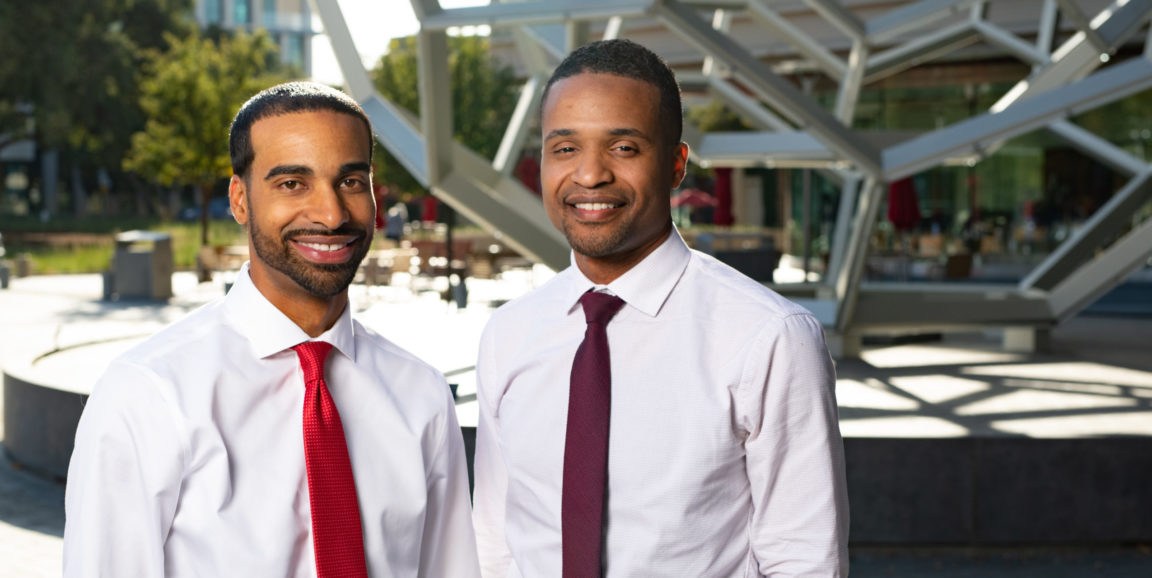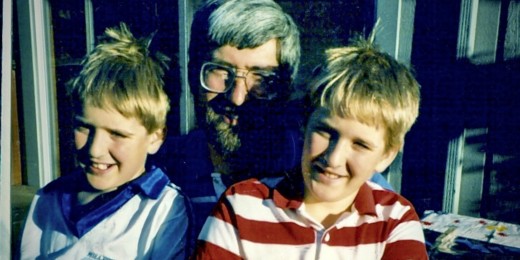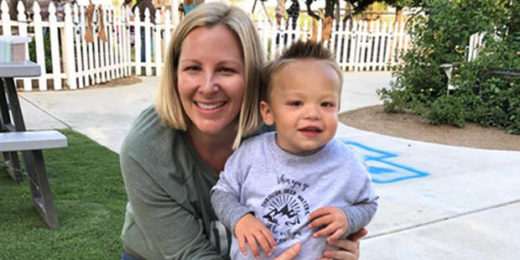Stanford nephrology fellows Dimitri Augustin, MD, and Daniel Watford, MD, MPH, tell the story of their friendship in fragments, each one contributing details and picking up where the other left off.
"We met at Jackson Memorial Hospital in Miami," Augustin begins.
"- where I was an intern," Watford says.
"Daniel was a first-year resident," Augustin clarifies, "and I was in my third year of internal medicine residency."
"We hit it off early," Watford adds. "Initially in more of a mentor relationship that quickly blossomed into a close friendship."
Their bond strengthened as they worked and trained alongside each other. "Dimitri's advice and experience really drew me in," Watford explains.
The two friends even decided on a common path for their nephrology fellowship training: Augustin chose Stanford Medicine and then helped convince Watford to follow. Though their research pathways have diverged, their dedication to their field -- and friendship -- remain.
A device to help dialysis patients
Augustin, now a fourth-year postdoctoral fellow, began to think about the intersection of technology and medicine early in his career: "There were definitely areas within nephrology that could benefit from technology, but I didn't have any specific ideas," he explained in a recent Department of Medicine article.
A stint as a Stanford Biodesign fellow solidified his interest: "I learned about the device innovation process and how it could be used in medicine."
One need that Augustin identified involved problems with hemodialysis fistula maturation. Dialysis patients require surgery to connect an artery to a vein, creating a structure known as a fistula that makes it easier to transfer blood to the dialysis machine and then return it to the body.
However, there is a period following the operation when the fistula is not yet mature enough to be used. This can be a risky time, says Augustin. The patient must use a temporary catheter, which makes them more susceptible to infections and hospitalizations.
Currently, repeated physical exams and ultrasounds are the only methods for determining maturity of a fistula. But Augustin and his colleagues are designing and producing a wearable device for assessing fistula maturation.
With the help of a Kidney Innovation Accelerator (KidneyX) award, they are validating the concept and refining how the data would be used.
Assessing transplant readiness
Watford, a second-year fellow, has turned his focus towards improving the kidney transplant process; he's devising ways to gauge how well patients will do prior to and after transplant.
He works with Stanford's transplant readiness assessment clinic, which was founded by professor Jane Tan, MD, PhD, and clinical assistant professor Xingxing Cheng, MD.
The clinic provides a way for patients to be assessed for readiness to undergo transplants -- waiting periods can be so long that their health status changes and must continuously be reassessed. Watford explained the process: As patients move up the wait list, nearing one year away from likely transplant, they schedule visits to the clinic, so their physical function can be reassessed. The clinic uses two tests: a six-minute walk test, which measures the distance an individual can walk in six minutes, and a one-minute sit-to-stand test, which requires an individual to get up from a chair and sit back down repeatedly for one minute.
The idea, Watford says, is that the results of these two tests will prove useful in determining patients' readiness for transplant, and may provide insight on various post-transplant outcomes, such as "length of hospital stay, infection rates, rehospitalization, and mortality." Programs with the longest waiting times could even use this information to ensure patients at the top of the list are healthy enough for the pending procedure.
Like Augustin, Watford hopes his work will improve care for kidney patients everywhere.
Chief of nephrology Glenn Chertow, MD, MPH, lauded both researchers, referring to their "collective excellence."
"I am so grateful to Dimitri for helping to recruit Daniel," Chertow said. "That's the way it's supposed to work."
Photo of Daniel Watford and Dimitri Augustin in 2019 by Steve Fisch






